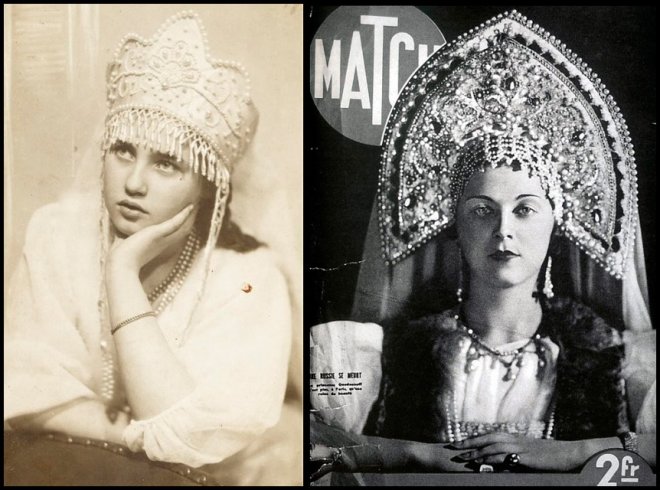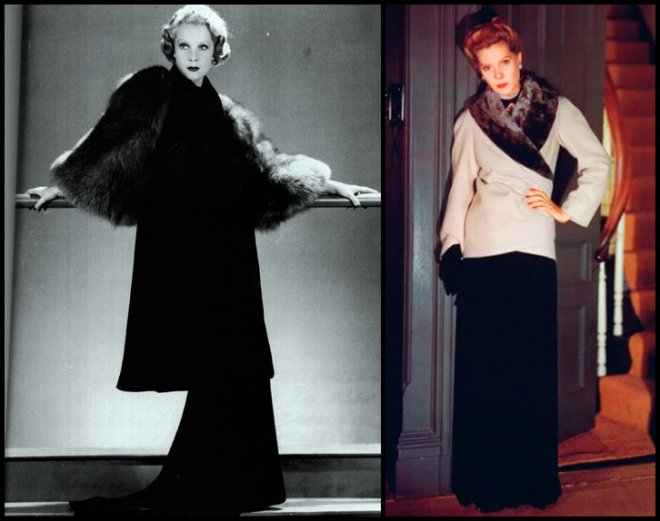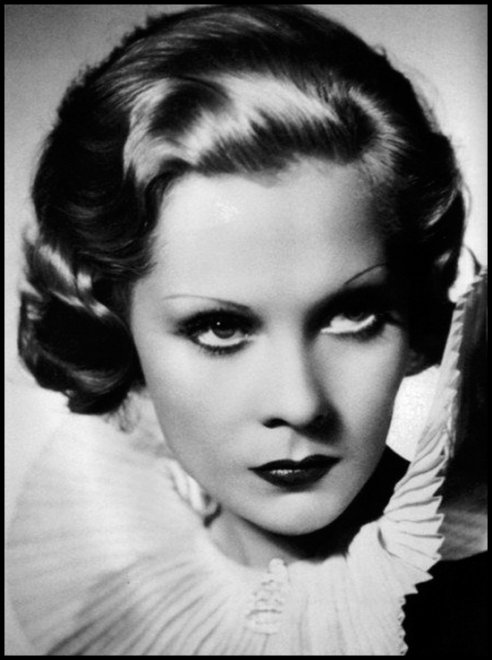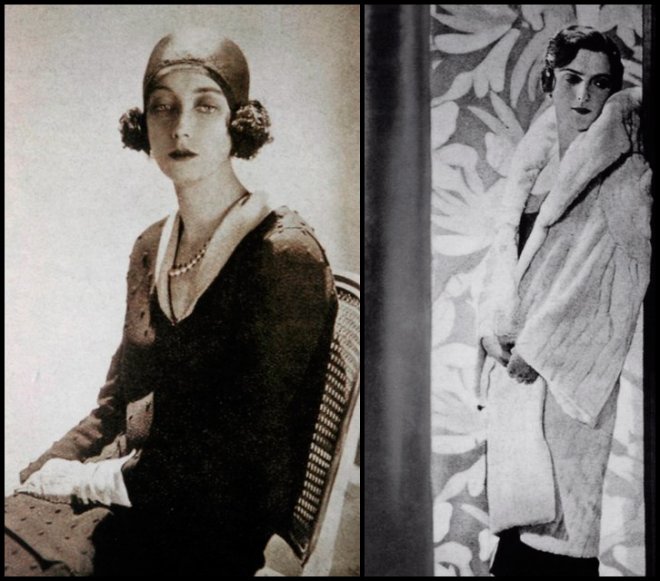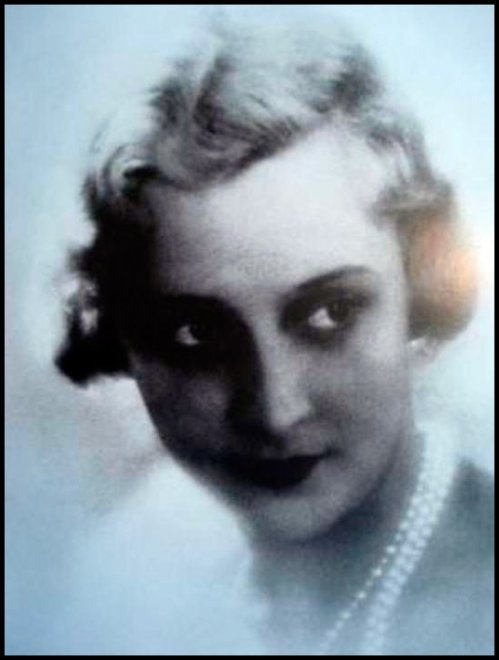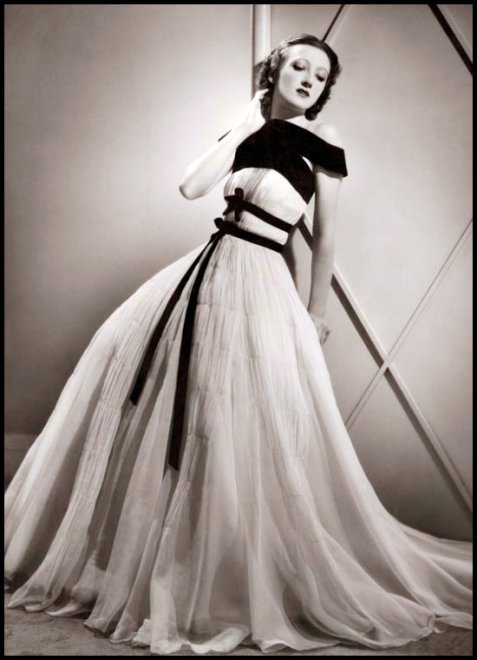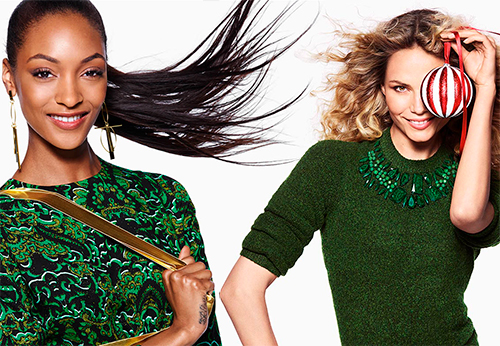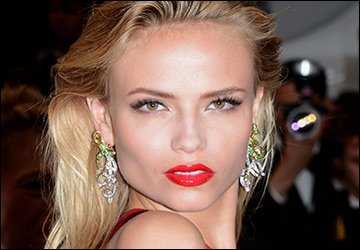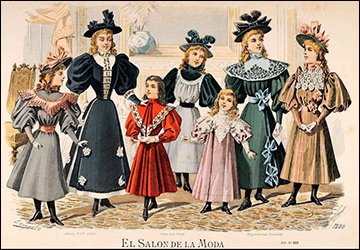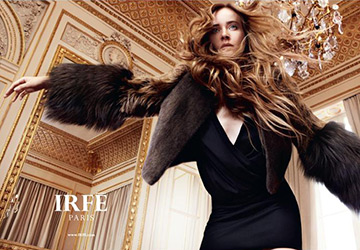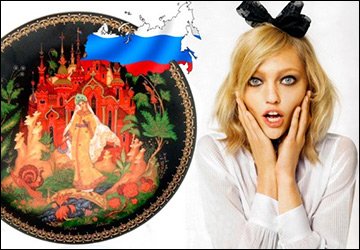MODELS
The first Russian models in Paris
“At the dummy Natasha,
Little midi
Holidays are rare.
Whole days Natasha
Like a fish in a net:
Turn around, Natasha!
Take a walk, Natasha!
Try it on, Natasha!
Holidays are rare
Bitter bowl -
The life of a midi ... "
(excerpt from the poem "Mannequin Natasha"
Valentin Goryansky, 20s)
It was a long time ago. The first Russian models in Paris did not appear in the 1990s, but much earlier. And it was they, the Russian models, who in many ways laid down those requirements that we still expect from the queens of the catwalk today: beauty, elegance, knowledge of foreign languages, the ability to behave in the light.
The first Russian models in Paris.
The revolution. White movement. Émigré Paris. In the 1920s, everything Russian was in vogue. And Russian emigrants, who lost a lot, including the opportunity to return to their homeland, tried themselves in new professions, looking for a livelihood. They were educated and of noble birth, they knew several foreign languages, had good manners. And many of the Russian emigrants at that time became models, mannequins for Parisian fashion houses. And at that time, the model not only had to show clothes, but also communicate with customers by advertising dresses. Such models had to be elegant and fit into high life. There were many Russian girls among the models in the 1920s. And how many Russian models were in the Chanel house! By the way, Prince Sergei Aleksandrovich Kutuzov worked as the manager of the Chanel house. There were Russians among the models in the 1930s. In the 1930s, not the first emigrants came to the model, but their daughters. At that time, the type of blue-eyed blonde was in fashion, and the Slavic appearance matched him perfectly. There are many names, and they are all aristocrats - princesses, countesses, all of them with titles: Volkonskaya, Vorontsova, Obolenskaya, surnames known to many ... But the most famous name from a series of names of Russian models of those times is probably the name Natalie Paley.
Natalie Paley
Natalie Paley was born in 1905. Her father was Grand Duke Pavel Alexandrovich, a prince from the Romanov family, the son of Emperor Alexander II. Her father and brother were killed during the revolution, and she left Soviet Russia with her mother and sister in 1920 and went to Paris. Her husbands were fashion designer Lucien Lelong and Broadway producer John Wilson. She was also credited with an affair with the German writer E.M. Remark. She has appeared on the cover of Vogue magazine more than once. Natalie Paley died in 1981.
[media = https: //www.youtube.com/watch? v = HhpEw36cb_w]
More complete biography Natalia Paley in this publication…
In the 1920s, Princess Marie Eristova and Gali Bazhenova also worked as fashion models in the Chanel house.
Maria Eristova
Maria Eristova was born in 1895 in Tbilisi, but from an early age she lived in St. Petersburg. Her father, the Georgian prince Shervashidze, sat in the State Duma. She was the maid of honor of Empress Alexandra Feodorovna. After the revolution and the death of her father, Maria leaves for the Caucasus, where she marries the uhlan prince Gigushu Eristov. Then to Paris.
Gali Bazhenova
Gali Bazhenova's father, General Konstantin Nikolayevich Khagondokov, was the commander of the second brigade of the Wild Division. He was from Kabardinia. And her mother Elizaveta Bredova came from a family of Polabian Slavs. Gali studied at the Smolny Institute. During the First World War, she married Nikolai Bazhenov, a pupil of the Corps of Pages. Gali Bazhenova was quite tall, blonde, she appeared more than once in fashion magazines in Paris, which called her "Russian beauty Bazhenova." Then she worked for some time at the Chanel house as a salesman, and in 1928 she opened her own fashion house, Elmis, which was engaged in evening dresses. And her models were also Russians - Shura Delyanina, Katyusha Ionina (daughter of a colonel of the imperial army).Gali was also helped by her brother, the godson of Emperor Nicholas II, Georgy Hogondokov.
In the 1930s, including due to the global financial crisis, Gali Bazhenova's fashion house was closed, and she herself would soon marry the Comte de Loire, convert to Catholicism and take the name Irene. During the Second World War, her son from his first marriage, Nikolai, will fight in the ranks of the American army, and she herself will actively participate in the French resistance.
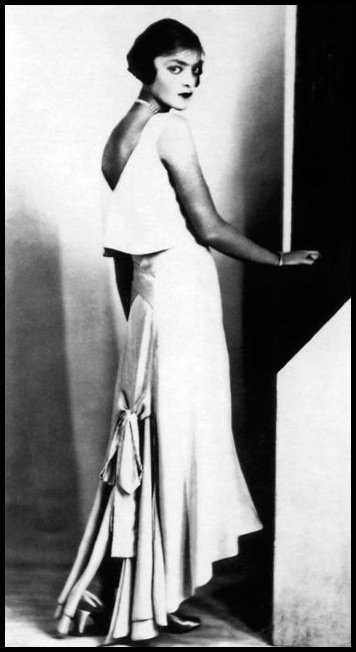
Nina and Mia Obolensky
Among the models of that time were princesses Nina and Mia Obolensky, girls from the noblest princely family of the Obolensky, rooted in the Rurikovich, the first rulers of the Russian lands. And their mother was a Caucasian princess, from her they inherited a certain oriental beauty. The eldest princess, Nina, was born in 1898 in St. Petersburg, the youngest Mia (Salome) in 1902. Initially, the sisters worked as models in the Paul Kare fashion house. Nina married the former Colonel of the Life Guards of the Ulan Regiment Konstantin Balashov, Miya married Prince Vladimir Shakhovsky. Both of them would then divorce their first husbands. Their careers began to decline in the 30s, when blondes came into fashion.
Thea (Ekaterina) Bobrikova
Thea (Ekaterina) Bobrikova will become a famous Russian model of the 1930s. From 1927 to 1934 she worked at Jeanne Lanvin's fashion house. And then she created her own fashion house - "Katrin Parel". Parel meant "made by herself." The fashion house of Ekaterina Bobrikova will exist until 1948. And like the big houses of fashion, the house "Catherine Parel" also created two, albeit small, collections a year. There were 69 employees in the Katrin Parel house, and her husband, Nikolai Poretsky, also helped her. Among the clients of Ekaterina Bobrikova's house were famous Parisian actresses of that time - Michelle Morgan, Liz Goti. Catherine Parel's house also created dresses for cinema. So they created several models for the film "Pastoral Symphony", which was awarded at the Cannes Film Festival. Many Russian models of that time also found work in the fashion house founded by Teya Bobrikova, for example, Tamara Longzhina, Princess Maria Meshcherskaya, the famous Lyud Fedoseyeva at that time.
And in the Schiaparelli house, created by the fashion surrealist Elsa Schiaparelli the Russian model Countess Marina Vorontsova worked. Dresses in the fashion house "Alike" were shown by Princess Maria Volkonskaya.
As the famous model Monna in Paris of the 1930s recalled, Maria Averino: “I then supported the whole family and earned money for my parents. At that time, many Russian girls, if they were young, not too thin or ugly, went to the "mannequins" "(her memoirs are given in A. Vasiliev's book "Beauty in Exile").
There were a lot of models among Russian emigrants in Paris in the 1920s and 30s. In the 1930s, every third Parisian model was Russian. And therefore it is not by chance that in 1926, under the auspices of the émigré magazine Illustrated Russia, a real beauty contest was born, which from 1928 will be called Miss Russia (until 1928 - The Queen of the Russian Colony). By the way, the winners of the Miss Russia contest were allowed to participate in the prestigious Miss Europe contest.
Larisa Popova became the first beauty queen among Russian emigrants in 1926. In 1928, 18-year-old Valentina Osterman received the Miss Russia title. The jury of that competition was attended by the writer N. A. Teffi, the ballerina O. O. Preobrazhenskaya, the actress E. I. Roshchina-Insarova, the writer A. I. Kuprin, the writer S. K. Makovsky. But only Valentina Osterman stayed the owner of the title "Miss Russia" for a short time, it turned out that she had a German passport, and only owners of an emigrant passport could participate in the competition. As a result, the title passed to Irina Levitskaya. The Miss Russia competition was held until the beginning of World War II. After the end of the Second World War, both the competition and the era of Russian fashion models (models) of noble origin ended.
Comments and Reviews
Add a comment
Rating news
Shades of clothing that make women look younger
What shades of hair make women younger: rules and photos
Funny wedding dresses - photos and ideas
12 most expensive down jackets for the winter
How to look 25 at 40: tips from supermodels
Beautiful schoolgirls
Anti-aging haircuts and hairstyles for women
Fashionable skirts for autumn and winter
Fashionable women's trousers for the cold season
Fashionable and stylish sandals for summer 2024
Spring-summer 2024
 Fashionable dresses and tops with thin spaghetti straps
Fashionable dresses and tops with thin spaghetti straps
 Bandana tops: how to wear stylishly and beautifully
Bandana tops: how to wear stylishly and beautifully
 How to put together the perfect men's wardrobe for the summer
How to put together the perfect men's wardrobe for the summer
 Fashionable shorts for spring-summer 2024
Fashionable shorts for spring-summer 2024
 Fashionable skirts for spring-summer 2024: a guide to online shopping
Fashionable skirts for spring-summer 2024: a guide to online shopping
 The most fashionable dresses spring-summer 2024: styles and colors
The most fashionable dresses spring-summer 2024: styles and colors
 Fashionable total look 2024: image ideas and trends
Fashionable total look 2024: image ideas and trends
